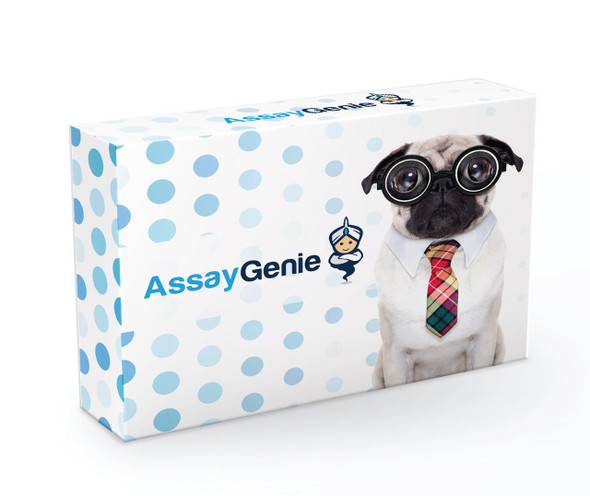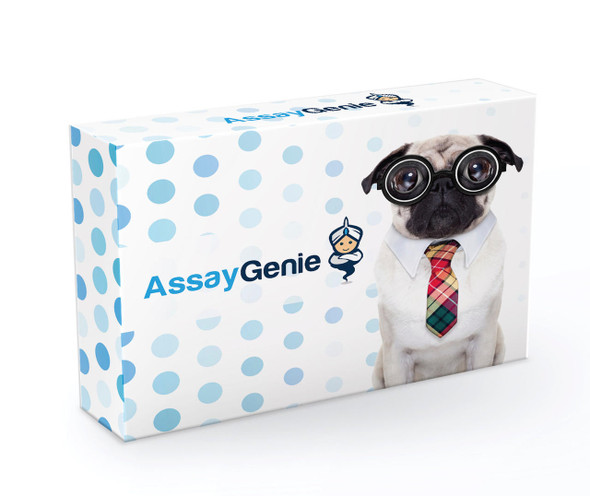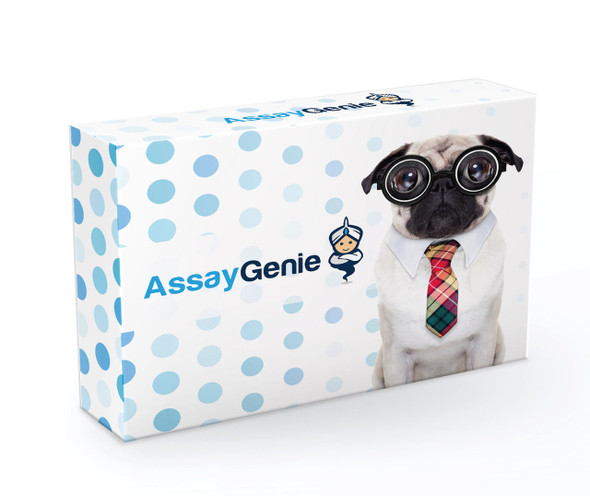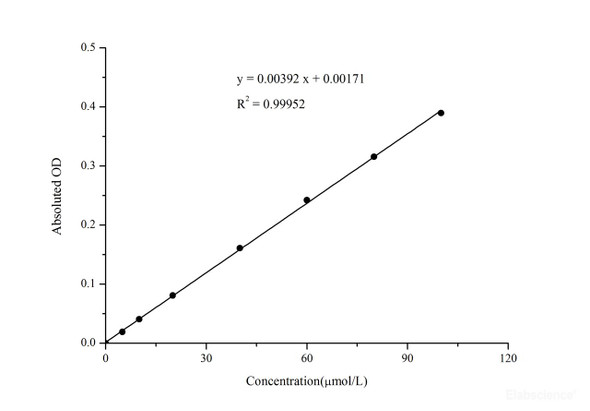Formaldehyde Assay Kit - Information
Assay Genies newly designed formaldehyde assay kit provides a convenient fluorimetric means to measure formaldehyde in biological samples. In the assay, formaldehyde is derivatized with acetoacetanilide in the presence of ammonia. The resulting fluorescent product is then quantified fluorimetrically (Ex/Em = 370/470nm). The assay is simple, sensitive, stable and high-throughput adaptable. The assay can detect as low as 1.5 formaldehyde in biological samples.
Applications
Direct determination of formaldehyde concentrations in biological, food and environmental samples
Formaldehyde Assay Kit - Key Features
- Safe. Non-radioactive assay.
- Sensitive and accurate. As low as 1.5 (45 ppb) formaldehyde can be quantified.
- Homogeneous and convenient. "Mix-incubate-measure" type assay. No wash and reagent transfer steps are involved.
- Robust and amenable to HTS: Can be readily automated on HTS liquid handling systems for processing thousands of samples per day.
Formaldehyde Assay Kit - Data Sheet | |
| Kit Includes | Reagent A: 5 mL Reagent B: 3 mL Standard: 100 mL 10% TCA: 5 mL Neutralizer: 2 x 1.5 mL |
| Kit Requires | Pipetting devices, centrifuge tubes, black flat bottom 96-well plates and plate reader |
| Method of Detection | FL370/470nm |
| Detection Limit | 1.5 (45 ppb) |
| Samples | Biological, food, beverage,environment |
| Species | All |
| Protocol Length | 30 min |
| Size | 100 tests |
| Shelf Life | 18 months |
| Storage | Store all reagents at 4°C. |
More Details
FORMALDEHYDE (methanal) is the simplest aldehyde. It is widely employed in industry for wide range of applications. Formaldehyde is also used as a disinfectant and is a commonly utilized tissue fixative and embalming agent. Formaldehyde is naturally present in all tissues and body fluids. Recently it has been shown that some cancer types exhibit elevated formaldehyde levels. Increased formaldehyde concentration in urine has been associated with prostate and bladder cancer. Thus, measuring formaldehyde in urine can be a very useful tool when studying cancer.








